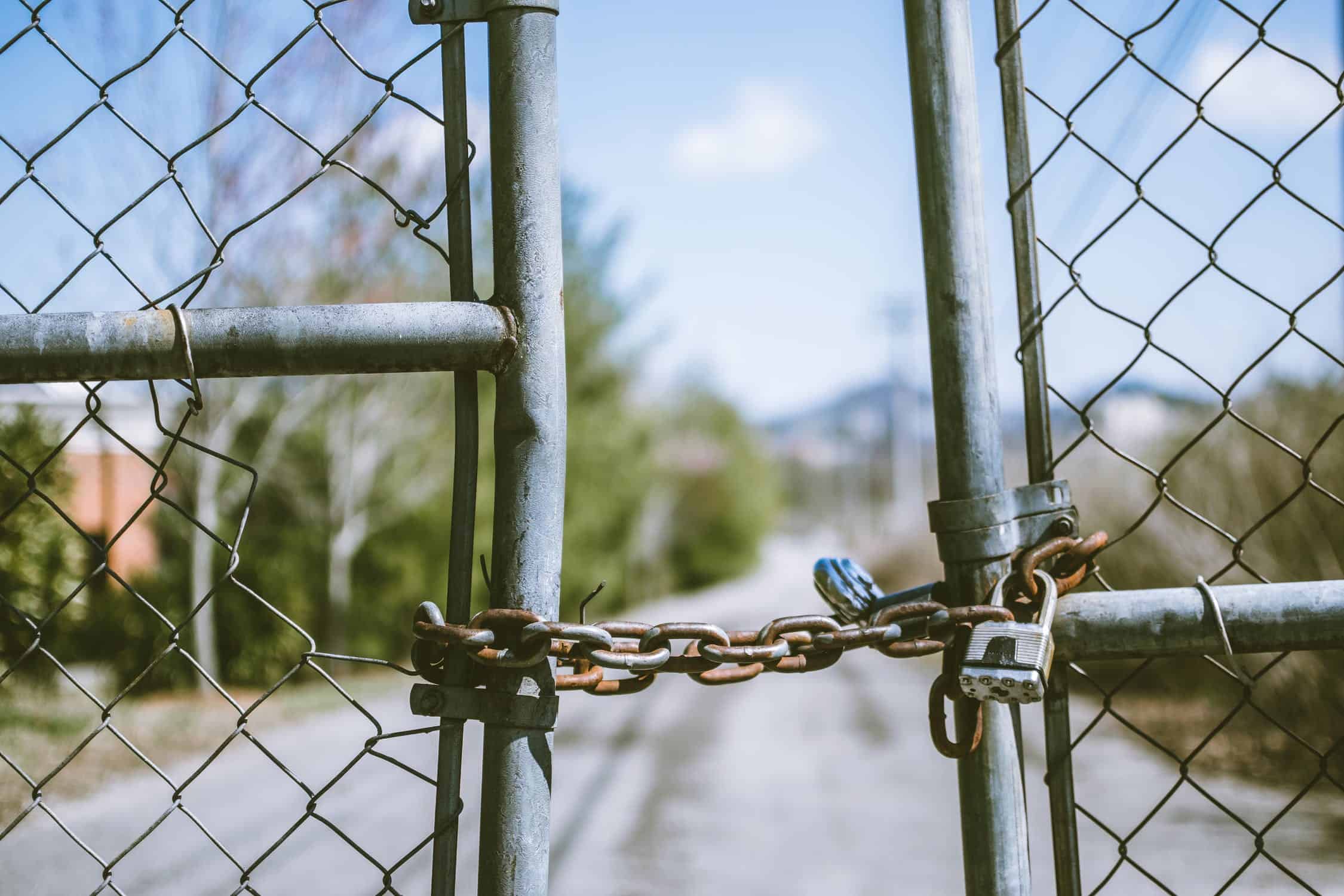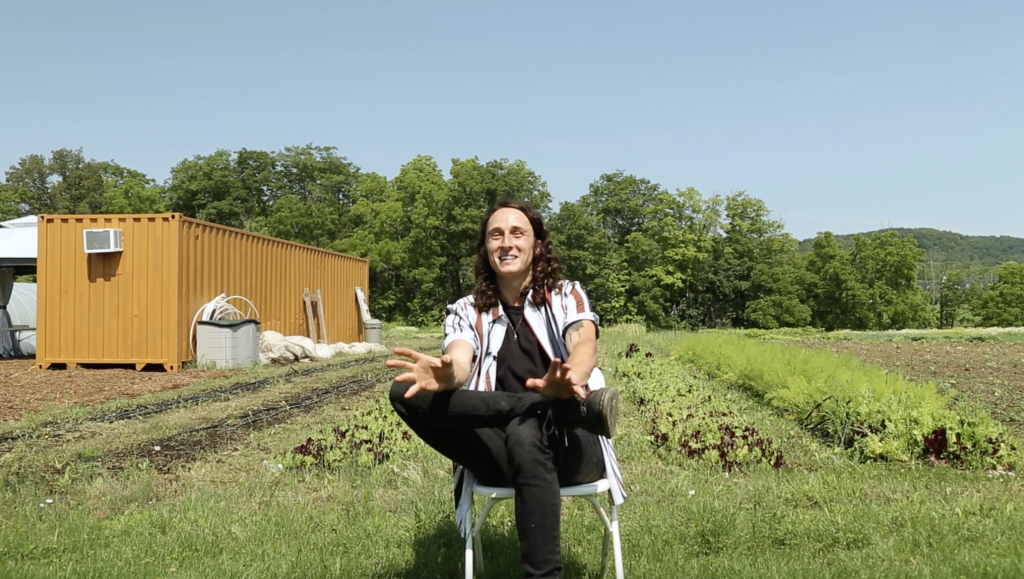Peel region’s top doctor says Brampton is not ready to reopen due to spike in COVID-19 cases
Published May 22, 2020 at 9:37 pm

While the City of Brampton has already elected to delay t
While the City of Brampton has already elected to delay the reopening of some outdoor amenities in a bid to stop the spread of COVID-19, new numbers released by Peel Public Health appear to support the city’s hesitation to follow Ontario’s more robust reopening schedule.
Dr. Lawrence Loh, Peel Region’s Medical Officer of Health, told inbrampton.com that Peel Public Health is the only large (it serves over 1 million people) public health unit in Ontario that saw an increase in the percentage of cases (or the instance rate) on May 22.
Adding that the province’s own guidelines specified that sectors of the economy can only reopen when Ontario sees a steady two- to four-week decline in cases (Ontario is slowly reopening, however, even as cases grow a little under 2 per cent day-over-day), Loh says he wants to see fewer new cases in the region before giving Brampton and Mississauga the go-ahead to open more fulsomely.
According to Peel Public Health’s COVID-19 website (which was last updated at 12:00 pm on May 22), 3,886 people have been diagnosed in the region, with 88 more positive test results reported in a 24-hour period.
Mississauga alone saw positive cases jump by 37. Brampton saw an additional 48 cases day-over-day.
So far, 236 people in the region have died of the virus.
“We’re seeing an increase in the seven-day moving average,” Loh says.
“There are a lot of trends here that make me want to pump the breaks a bit.”
Earlier this week, Loh spoke at two Peel press conferences and said that the region accounts for about 20 per cent of new COVID-19 cases over the last week. He said this is disproportionate to the region’s population and that Peel hospitals are still treating “dozens” of novel coronavirus patients.
“Given this picture, I have recommended that our area municipalities delay any opening of outdoor facilities in the Region of Peel until at least Monday, May 25 and possibly later, depending on the picture of the pandemic,” Loh said during a City of Brampton press conference on May 20.
At a City of Mississauga press conference later that day, Loh said that Ontario is mirroring British Columbia’s reopening approach even though B.C. is reporting significantly fewer cases day-over-day.
“[B.C.] had three new cases [on May 19]. We’ve seen dozens a day. Toronto sees hundreds of new cases a day. We’re in different places, yet somehow, we’re being asked to reopen on the same timeline,” he said.
When asked where new cases are coming from almost 10 weeks into the lockdown, Loh said the origins of many household and workplace cluster infections are not yet known.
“We’re in the midst of investigating a number of new cases,” he said, adding that transmission is common in workplaces and households and the challenge is finding out where the first infected person picked up the virus before passing it to coworkers and family members.
“We’re tracking the number of new cases and household clusters. A lot of times it’s [spreading in] enclosed spaces not open to the public, but each cluster presumably has someone who brought it in from the community, and we’re trying to figure out where they might have gotten it from.”
Tracking and contact tracing–which the federal government says provinces need to have under control in order to reopen safely–have been a challenge for Ontario.
At a May 22 press conference, Prime Minister Justin Trudeau said the federal government will fund provinces’ efforts to test people for COVID-19, track the contacts of those who test positive and help different jurisdictions share data.
The announcement came after several days of lower-than-expected testing rates in Ontario and Quebec–the provinces hit hardest by the virus. Ontario has fallen far short of its goal of 16,000 tests per day, with the province completing 10,506 tests on Tuesday.
In Quebec, home to more than half Canada’s COVID-19 deaths, 9,582 tests were completed on Monday, according to the latest figures.
Ontario and Quebec account for some 80 per cent of the COVID-19 cases across the country.
When asked about testing, Loh said that anyone in Peel with symptoms can get tested for the virus.
“To be clear, if anyone has symptoms consistent with COVID-19, they should present at an assessment centre and get tested and then stay home.”
The most common symptoms of COVID-19 include fever, a cough that’s new or worsening, shortness of breath or difficulty breathing. According to Peel Public Health’s website, asymptomatic people are not being tested at this time.
Peel residents can be tested at assessment centres at Trillium Health Partners–Mississauga Hospital, Trillium Health Partners–Credit Valley Hospital, the William Osler Assessment Centre at Peel Memorial and Headwaters Health Care Centre in Caledon.
With files from The Canadian Press
insauga's Editorial Standards and Policies advertising






